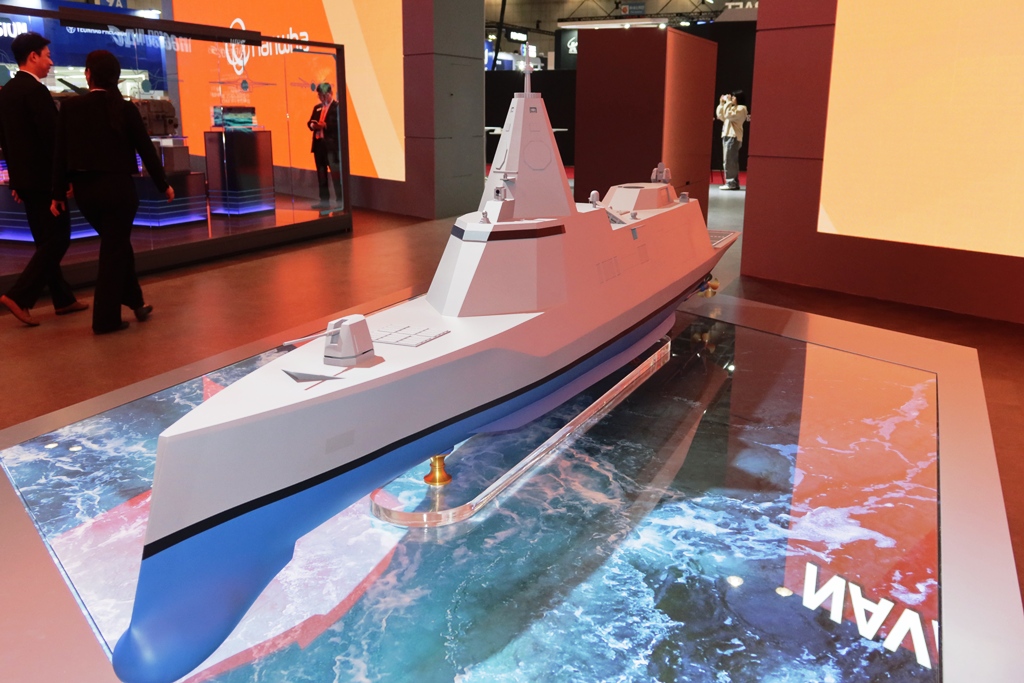Reevaluating U.S. Nuclear Testing Policy: Implications and Risks
Introduction
The recent call by former President Donald Trump to resume full testing of nuclear weapons has raised significant debate among defense analysts and experts. Opinions converge on the notion that such a step would be unnecessary, fiscally imprudent, and detrimental to the existing framework of nuclear nonproliferation.
Background: The Trump Announcement
In a social media post dated October 29, Trump indicated a shift in U.S. policy, instructing the Department of Defense to commence nuclear testing. This sudden declaration has elicited astonishment among nuclear specialists concerned about a potential end to the United States’ 33-year hiatus on explosive nuclear tests.
The former President stated:
“Because of other countries testing programs, I have instructed the Department of War to start testing our Nuclear Weapons on an equal basis.”
Pentagon’s Position
Following Trump’s assertion, the Pentagon’s public affairs office referenced remarks made by Defense Secretary Pete Hegseth, suggesting that testing could be a responsible approach to ensure the United States maintains a robust nuclear deterrent. Hegseth emphasized the importance of a credible nuclear arsenal to maintain peace through strength.
The Current State of Nuclear Testing
Historical Context
The United States has conducted 1,054 nuclear tests since the inaugural detonation at the Trinity site in 1945, with the last underground test taking place in September 1992, named “Divider.” Since the imposition of a moratorium by then-President George H.W. Bush—subsequently extended by President Bill Clinton—the country has relied predominantly on advanced computer simulations and laboratory tests involving non-nuclear explosives to assess the functionality of its nuclear stockpile without detonating a nuclear device.
Advances in Simulation Technology
The U.S. possesses cutting-edge laboratories with superior computing capabilities that facilitate the simulation of nuclear detonations. For instance, the Lawrence Livermore National Laboratory utilizes the National Ignition Facility, the world’s most powerful laser system, to simulate thermonuclear reactions. Energy Secretary Chris Wright confirmed that ongoing testing efforts are primarily focused on subsystems of nuclear weapons, avoiding full-scale detonations.
Risks Associated with Resuming Nuclear Testing
Nonproliferation Challenges
-
Empowerment of Adversaries: If the U.S. resumes nuclear testing, it risks breaking the existing taboo, prompting other nations like Russia, China, and North Korea to follow suit. According to John Erath from the Center for Arms Control and Non-Proliferation, this domino effect may accelerate their technological advancements, thereby undermining the United States’ strategic advantage.
-
Global Condemnation: A shift in U.S. policy could result in widespread international condemnation, significantly damaging U.S. standing in diplomatic discussions and multilateral agreements focused on nonproliferation.
Financial Implications
The logistical considerations associated with resuming nuclear tests are daunting:
-
Infrastructure Requirements: Facilities that supported nuclear testing have not been utilized for over three decades. Reactivating these sites could involve substantial costs—potentially exceeding a billion dollars.
-
Specialized Equipment: The reestablishment of necessary measurement equipment, re-engineered to conform to current requirements, introduces additional financial burdens.
The Way Forward: Strategic Considerations
Maintaining the Status Quo
Analysis suggests the U.S. would benefit more from preserving its moratorium on nuclear weapons testing. The current capabilities afforded by computer simulations provide a reliable basis for assessing nuclear arsenals without the need for full-scale tests.
Counteracting Misinformation
Trump’s statements regarding clandestine nuclear activities by other nations underscore the need for accurate information dissemination. China’s insistence on adhering to its commitments to forgo nuclear testing adds complexity to the narrative, further highlighting the importance of evidence-based policy discussions.
Building Alliances
For U.S. allies, clarity in nuclear policy is paramount. Confusion about intentions in regard to nuclear testing can erode trust in U.S. leadership. It is vital to communicate a consistent approach that strengthens global nonproliferation initiatives.
Conclusion
The conversation surrounding the potential resumption of nuclear testing underscores critical issues within defense policy and international relations. The implications are vast, affecting not only U.S. security but also global stability. A measured approach that leverages advanced simulation techniques and sustains international nonproliferation commitments appears to be the most prudent course of action.





